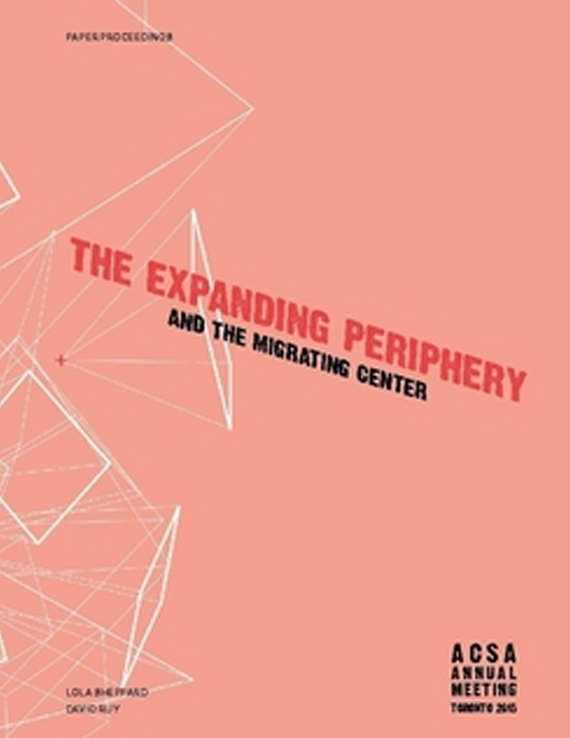Author(s): Jennifer W. Leung
Andy Warhol’s “screen test” and Avital Ronell’s “test drive” insist on the role of applied research in producing subjectivities, inventing mixed-media and mixed-method practices, and exploring aesthetics and spaces of indeterminacy. While Warhol’s “screen test” problematizes the expectation of photography as an objective form of documentation – forcing an alternative encounter with the technological apparatus, Ronell’s “test drive” refers not to the scientific method and its criteria of evaluation (falsifiability and repeatability), but instead to the “test” that informs diverse types of social organizations; research systems as “future-generating machines” and “tracing games.” These and other applied research practices demonstrate rather than describe, staging an encounter between information and the physical world. A type of 1:1 activity that produces spectacle and attention by forming temporary communities, applied research distributes risk and sense. Further, applied research is a form of labor that seeks to delay or divert entry into the assumed structures of capital distribution and accumulation. By comparison, while the popularization of terminology associated with “testing,” “experiment,” and “research” in architectural discourse signals an increasing valuation of the intermediary products between design intent and execution, the language is also symptomatic of a desire to enter into alternative situations of value creation – whether new markets, museological and laboratory settings, debates around consensus and ethics, or artistic counter-practice. By extracting the “test” from a spectrum of practices from the artistic to the scientific, the mythological to the professional, the paper clarifies and describes a potential role for the architect as an arbitrageur, double agent, or hacker, and architecture’s role in humanizing of technology and introducing philosophical issues into otherwise instrumental relationships. Applied architectural research emerges as relational rather than of fixed aim, obtaining to the drama and ubiquity of the “test” in both its sober and heart-stirring manifestations: from warfare to urban planning, from national security to licensure, from medical to reproductive technology. The paper ultimately examines the way in which the architectural object and subject are conditioned by failure and illegality. Reference is made to our promiscuous negotiation of quantitative-qualitative information, organizational-statistical complexity, but also to the changing nature of media objects and environments – from Latour’s mobile immutables to the digital media objects of the voxel and pixel, from the dark room to the laboratory, and from light and shadow to techniques of the electromagnetic spectrum. Examples of contemporary work implicated in this definition of the “test” include Jenny Sabin, Kiel Moe, The Living, Phillipe Rahm, Eyal Weizman, and Storefront for Art and Architecture amongst others. As such, it becomes clear how applied research is a kind of self-test – a search for origins and limits, historicizing the professionalization of architecture in its current form as a liability based form of risk management.
Volume Editors
David Ruy & Lola Sheppard
ISBN
978-0-935502-95-4

 Study Architecture
Study Architecture  ProPEL
ProPEL 
